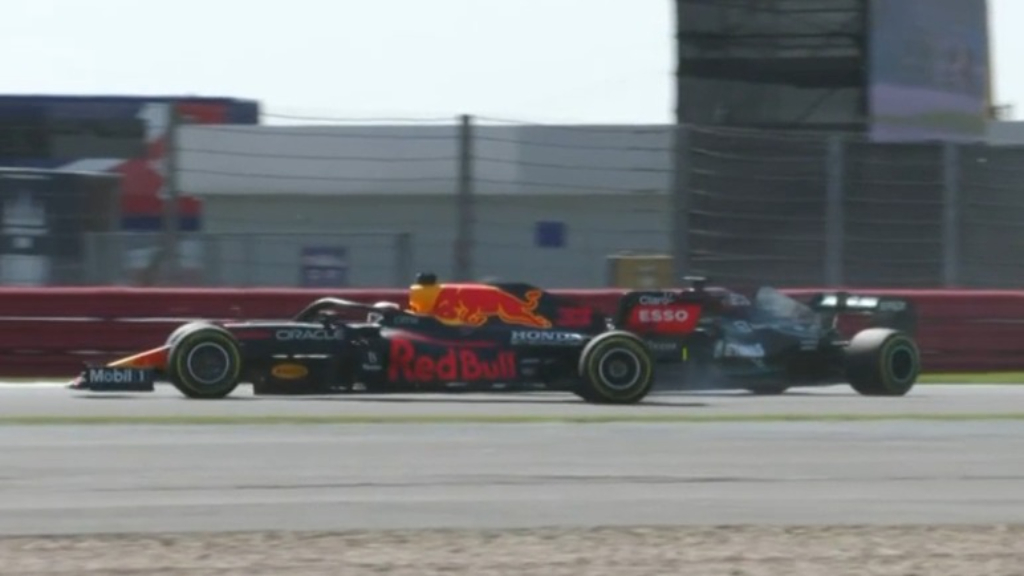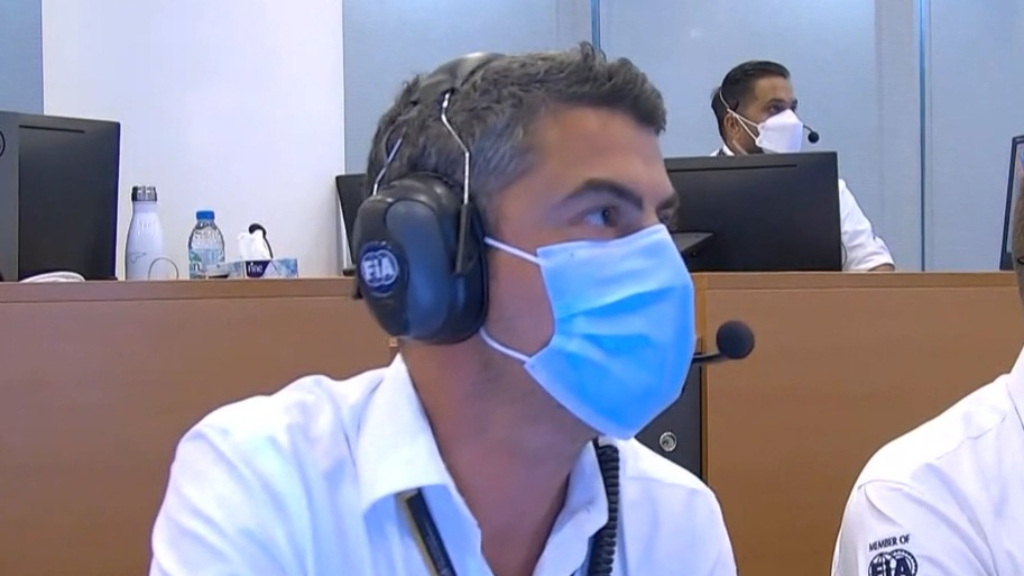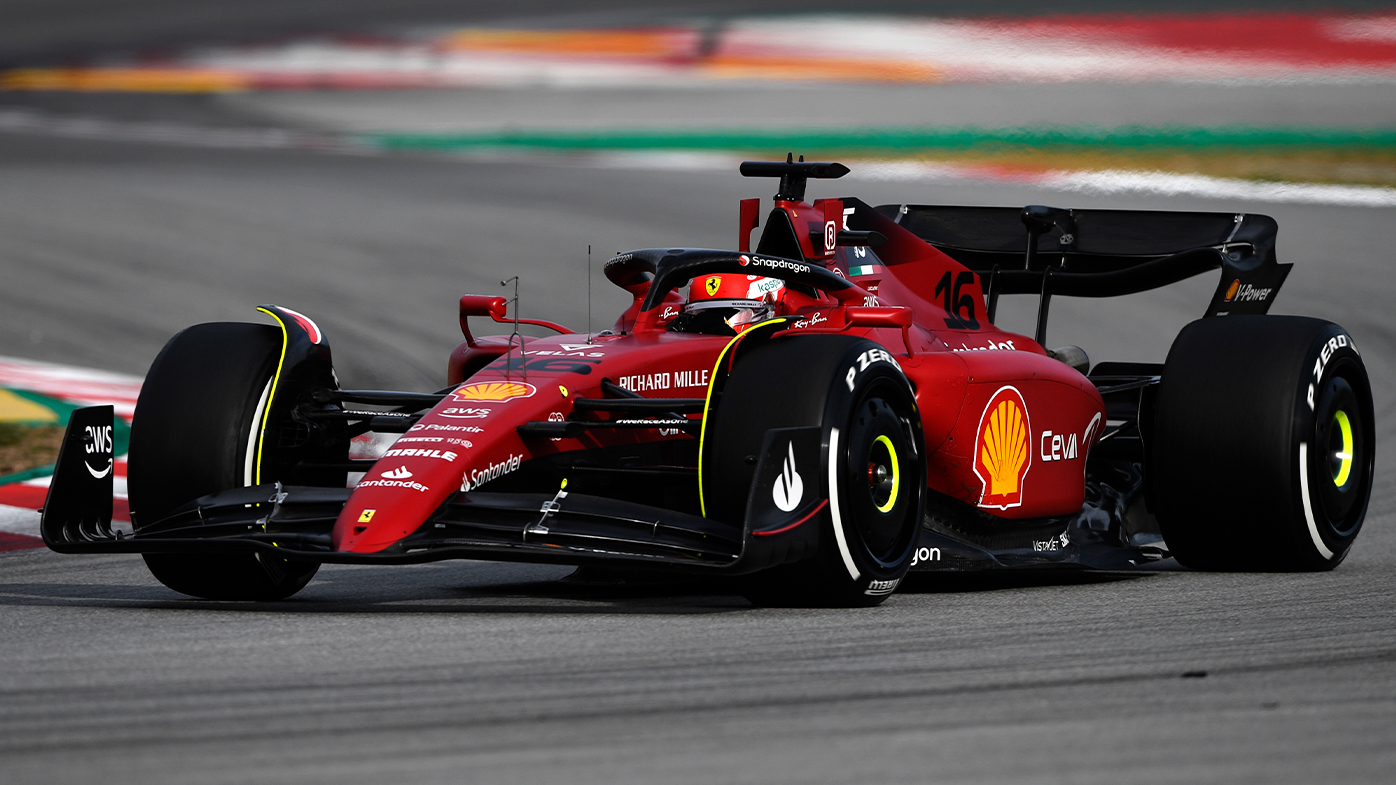Formula 1 chief technical officer Pat Symonds says the information collected during official pre-season testing in Bahrain shows the new-generation cars are able to follow more easily.
Symonds referred to this as a “breakthrough” as the main objectives of the new 2022 regulations were to increase competitiveness through more heavily assisted tailing and overtaking.
Symonds explained that drivers, such as Williams’ Alex Albon, who had followed other cars had confirmed it was easier with the 2022 designs.
READ MORE: ‘Overwhelming’ act of kindness that floored AFL icon
READ MORE: ‘Smitten’ Kyrgios reveals he’s ‘come of age’
READ MORE: Rabbitohs’ NRL grand final nightmare relived
“When you’re testing you try not to get close to other cars; you try and keep your own counsel, really, and good separation,” Symonds told F1 TV.
“In Barcelona, I spoke to a lot of drivers and asked them about how they felt the cars were when they were following. And all of them were very complimentary, those who had followed, and of course, a lot of them hadn’t.
“But Alex, I think, gave me the most interesting answer because he said he had to recalibrate, he had to rethink, because he couldn’t believe how close he could get to the car in front.
“And that’s the best vindication of these quite major changes that we’ve done, I think.”
Asked about the possibility of seeing cars battling through the corners this season, Symonds noted how hard that had been with the previous regulations.
He also revealed his engineers had reproduced the controversial collision involving Lewis Hamilton and Max Verstappen at last year’s British Grand Prix, after which a discovery of lost downforce was made.
“With the old cars, the wake was very wide,” Symonds said.
“I think even we were surprised at how much downforce was lost by the cars when (Hamilton and Verstappen) were side by side.
“We’d looked at the cars following each other, we’d looked at them when they’ve been slightly offset, but we hadn’t looked at that real side-by-side situation.

“I think we’ve made a really fundamental change, we’ve made a breakthrough. So let’s be grateful for that (and) let’s see what we’ve got.”
The slipstream effect has also been reduced by the new regulations, in accordance with what some drivers had suggested during the Barcelona shakedown.
However, Symonds insisted the improved ability to follow had exceeded the reduced tow.
“It’s not as strong,” Symonds said.
“The thing is you can’t have everything. We have to unfortunately, even in F1, obey the laws of physics, which I find very annoying sometimes. But we have to do it!
“And, of course, if you’re trying to put good-quality air onto the car that’s following, that air is going to have more energy in it. It’s got more energy and it’s produced the downforce, it’s also going to produce the drag. So you haven’t got quite the slipstream effect that you had.
“But that’s minor compared to the change in downforce that you need through the corners and everything. So I think we’ll still get the overtaking on the straights.
“I think we’ll still need DRS, I hope a little bit less, and my dream one day is that we only use it to overtake back-markers, rather than fighting for position.”

